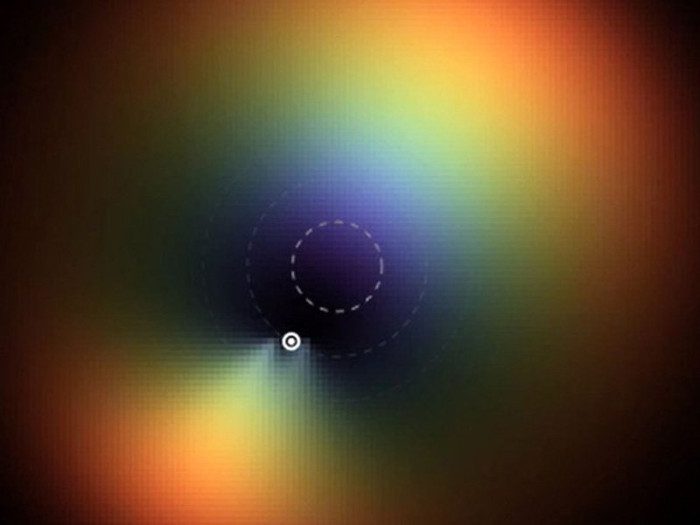They are identified as being 3000 light-years away from us, a colossal structure that poses a danger amidst the stars in the Milky Way, including our planet Earth.
This discovery owes a great deal to the CSIRO’s Compact Array telescope located in Eastern Australia.
While astronomers had previously observed the existence of this strange structure, the latest research published in the scientific journal Journal Science has helped astronomers determine its overall size and shape more clearly and specifically.

The mysterious structure crossing the Milky Way.
According to the scientific article about this peculiar structure, these “things” are extremely large—almost the size of the orbit that the Earth traces as it revolves around the Sun.
This discovery helps scientists explain where the “missing matter” of the universe has gone.
Moreover, it answers the mysterious question surrounding a quasar that is very far from us and why it has appeared brighter over three decades.

The bizarre structure is 3000 light-years away from us.
However, researchers also note that this may not be a “solid” structure but mostly consists of cold gas, as they discovered its existence through this structural analysis.
Astronomers have dubbed this structure “noodles” to describe its solid exterior and hollow interior.

Our Milky Way.
Currently, scientists have yet to determine where this structure originates from, its lifespan, how many such structures exist in the universe, and thus, this strange structure remains a mystery to science.
The lead researcher, Keith Bannister from CSIRO, told IFLScience: “It’s all just speculation,” “There may be thousands of such structures in the universe.”

The position of the Sun in the Milky Way.
However, astronomers have been able to determine that it is moving through the Milky Way at a speed of 50 km/s and that the distance from us to it is 3000 light-years (a thousand times the distance to our nearest star, Proxima Centauri).
One strange feature of this unusual structure is that it does not interact with dark matter.
While its exact nature remains uncertain, enthusiasts of alien hypotheses may hold onto hope for the discovery of extraterrestrial life.


















































